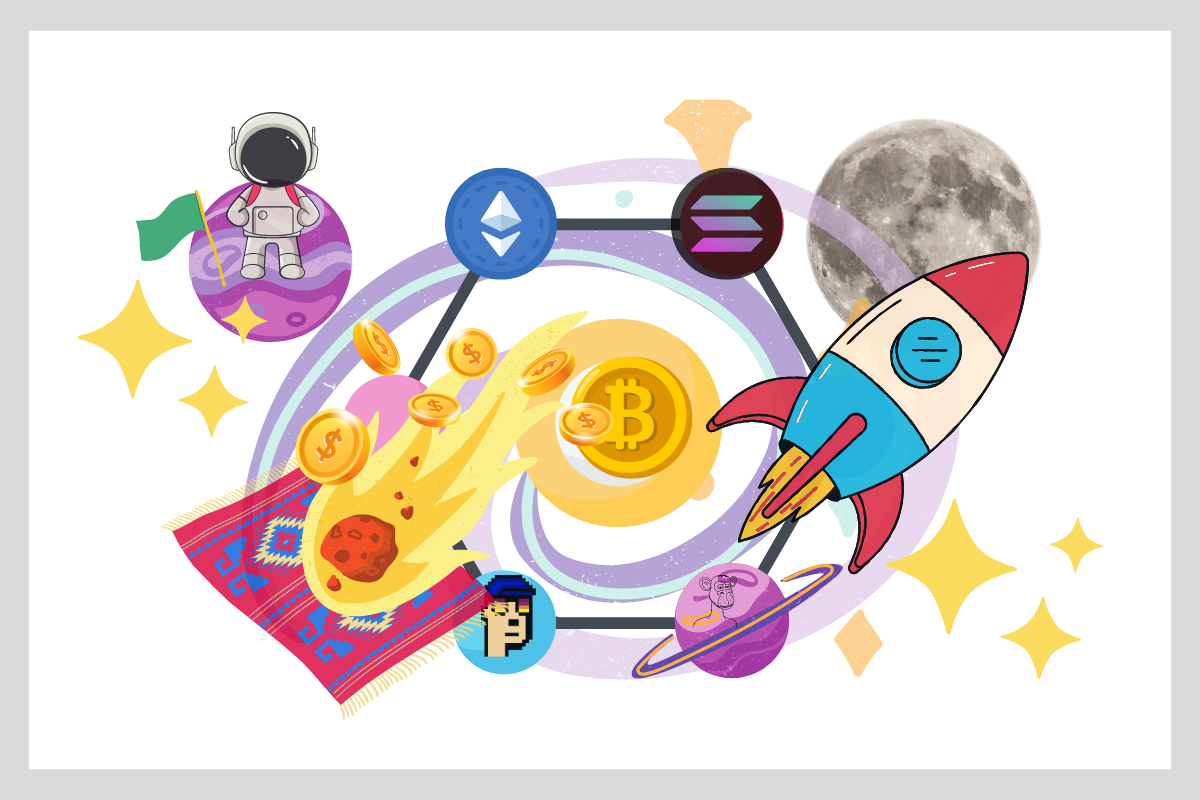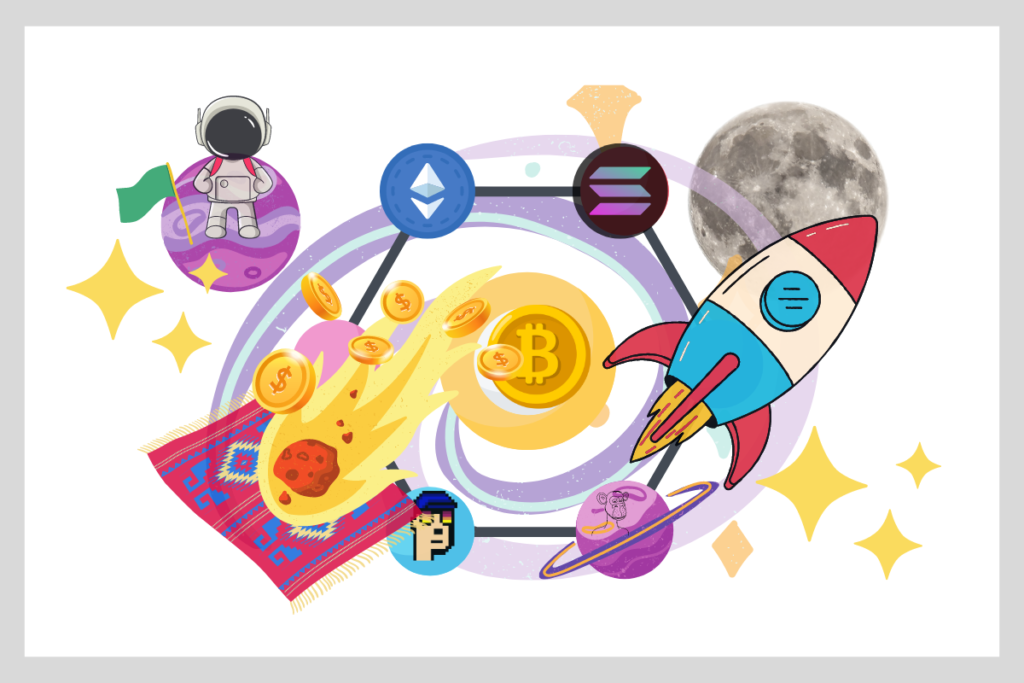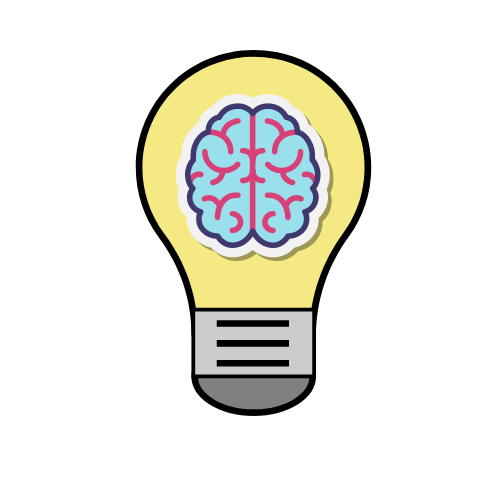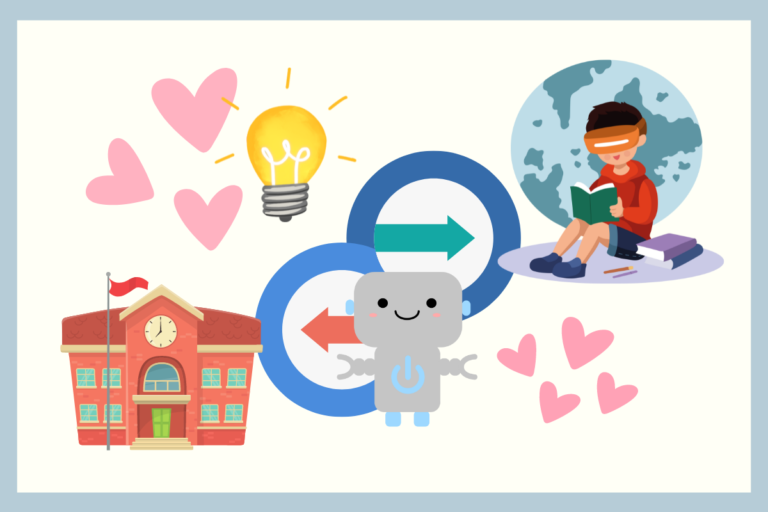
What is Web 3.0 and Why Should You Care?
Web 3.0 is the next evolution of the internet, where decentralized systems, blockchain technology, and artificial intelligence converge to create a more open, secure, and transparent web.

Have you heard of Web 3.0?
The first I heard the term I was left scratching my head. But, whatever you heard, it might be worth a second look. Web 3.0 is incredibly important, because it’s essentially the next layer of the internet, a.k.a the newest version of the web.
Web 3.0 is an internet protocol that has evolved beyond simple networking. It is a secure, advanced network where decentralized systems, blockchain technology, and artificial intelligence converge to create a more open, secure, and transparent web.
But what does that actually mean? If you’re wondering why should you care about Web 3.0, allow me to explain.
In this article, we’ll explore the concept of Web 3.0, what it can do, and its potential impact on our digital lives.
What is Web 3.0?
To understand what Web 3.0 is, let’s take a quick trip down memory lane, all the way back to the early nineties when the first version of the web was formed.
This first generation of the internet can be thought of as Web 1.0, where static web pages were the norm, and the primary purpose of the internet was to share information. Later, we entered the second phase of the internet’s evolution with Web 2.0. In this second version, dynamic web pages, social media, and user-generated content became the norm, and the web became more interactive.
Web 3.0, on the other hand, is another layer of the web ecosystem. This version of the internet is about creating a decentralized internet, where users are in control of their data and privacy, and where trust and security are built into the fabric of the web.
This means that in Web 3.0, the internet should no longer controlled by a handful of centralized corporations, but by a distributed network of nodes that work together to create a more democratic and decentralized web for all.
Why Web 3.0 is Important
Web 3.0 is not just a technology, but also a community-driven movement that is fueled by the passion and enthusiasm of developers, entrepreneurs, and enthusiasts from all around the world.
Web 3.0 communities are passionate about building a new digital world, working together to build the future of the internet and create a more decentralized, open, and transparent web. They are constantly experimenting with new ideas, creating new applications, and pushing the boundaries of what is possible with blockchain, artificial intelligence, and other emerging technologies.
The Web 3.0 community is diverse, vibrant, and rapidly growing, and it is driven by a shared vision of creating a better future for all of us. Whether you’re a developer, entrepreneur, or simply interested in the future of the internet, there has never been a better time to get involved with the Web 3.0 community.
Here are just some of the reasons to explore blockchain technology and the world of Web 3.0.
- Decentralization: Web 3.0 aims to create a more decentralized internet, where no single entity has control over the network. This means that users can have more control over their data and privacy, and they can trust that their information is secure and not being exploited for profit.
- Trust and Security: With Web 3.0, trust and security are built into the fabric of the internet. Blockchain technology, which is at the heart of Web 3.0, provides a tamper-proof and transparent way of recording and verifying data, making it harder for bad actors to manipulate or corrupt the system.
- New Business Models: Web 3.0 enables new business models that were previously impossible or impractical. With the rise of decentralized finance (DeFi), for example, users can earn interest on their cryptocurrency holdings or borrow money without the need for a traditional bank.
- Empowering Users: Web 3.0 empowers users to take control of their digital lives. With decentralized social media platforms, for example, users can own their data and have more control over how it is used, rather than being at the mercy of centralized platforms that profit off their data.
How Web 3.0 Works
At the heart of Web 3.0 is blockchain technology. Blockchain is a distributed ledger that records transactions in a secure and transparent way. Each block in the chain contains a record of multiple transactions, and once a block is added to the chain, it cannot be altered or deleted. This creates a tamper-proof and transparent record of all the transactions that have taken place on the network.
Blockchain technology enables decentralized applications (dApps) to be built on top of it. dApps are similar to traditional apps, but they run on a decentralized network rather than a centralized server. This means that no single entity has control over the app, and users can trust that their data is secure and private.
Web 3.0 also incorporates artificial intelligence (AI) to create more personalized and intelligent experiences for users. With AI, the web can learn from users’ behavior and preferences to deliver more relevant content and services.
Examples of Web 3.0 Applications
Here are just some of the Web 3.0 applications you should know about.
- Decentralized Social Media: Social media platforms like Facebook and Twitter have come under fire for their handling of user data and privacy. Decentralized social media platforms like Mastodon and Steemit aim to solve these problems by giving users more control over their data and privacy.
- Decentralized Finance (DeFi): DeFi refers to a new type of financial system that is built on blockchain technology. In the DeFi ecosystem, users can access financial services like lending, borrowing, and trading without the need for traditional financial intermediaries like banks. This enables greater financial inclusion and access for people who are currently underserved by traditional financial systems.
- Decentralized Marketplaces: Decentralized marketplaces like OpenBazaar and Origin Protocol aim to create a more transparent and fairer online marketplace. These marketplaces enable buyers and sellers to transact directly with each other, without the need for intermediaries like Amazon or eBay. This reduces fees and gives users more control over their transactions.
- Decentralized Identity: Decentralized identity solutions like uPort and Civic aim to give users control over their digital identity. With these solutions, users can store their identity information on a decentralized network and control who has access to it. This can reduce the risk of identity theft and give users more control over how their personal information is used.
- Decentralized Cloud Storage: Decentralized cloud storage solutions like Filecoin and Storj aim to create a more secure and decentralized way of storing and sharing data. With these solutions, users can store their data on a distributed network of nodes rather than on a centralized server. This can reduce the risk of data breaches and give users more control over their data.
In addition to the examples we’ve discussed, blockchain technology is also revolutionizing the art world. With the rise of non-fungible tokens (NFTs), artists can now create and sell unique digital works of art on blockchain-based marketplaces.
NFTs use blockchain technology to verify the authenticity and ownership of digital assets, making it possible for artists to sell their work directly to collectors without the need for intermediaries. This has opened up new opportunities for artists and collectors alike, and has created a new market for digital art that was previously difficult to monetize.
As Web 3.0 continues to evolve, it’s likely that we’ll see even more innovations in the intersection of blockchain and the arts.
Web 3.0 is still in its early stages, but it has the potential to transform the internet and create a more open, secure, and transparent web. By incorporating blockchain technology, artificial intelligence, and decentralized systems, Web 3.0 aims to give users more control over their digital lives and create a more democratic and decentralized internet.
As Web 3.0 continues to evolve, it will be interesting to see how it shapes the future of the internet and our digital lives.
Thank you for taking the time to read why you should care about Web 3.0. I hope that we have inspired you to check it out for yourself. I’d like to invite you to follow this blog to learn more about the exciting new future that is on our doorstep and how you can get involved.
-Von

